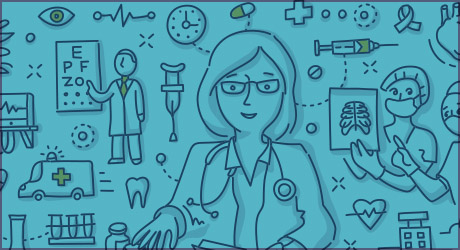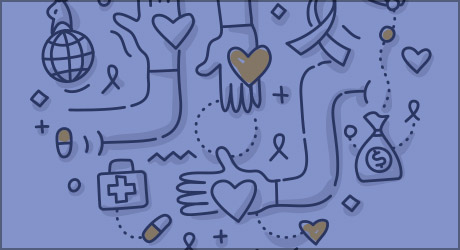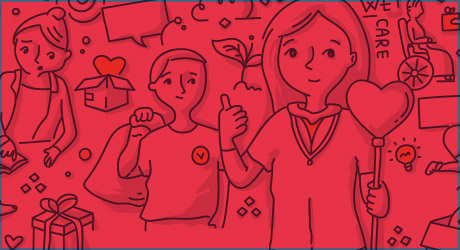Just Leg Pain? Maybe Not.
Have you ever had to cut short a day of sightseeing or shopping because of leg pain? Maybe you simply cannot walk the distances you could before or climbing stairs has become very difficult.
Pain or discomfort in the legs is a common symptom of a disease called peripheral arterial disease (PAD), which affects about 10 million Americans. It is more common in people who are 65 or older, but can occur at nearly any age.
What is PAD?
Both PAD and coronary artery disease are caused by atherosclerosis. Atherosclerosis narrows and blocks arteries in critical regions of the body. PAD occurs when extra cholesterol and other fats in the blood collect in the walls of the arteries that carry blood to the arms and legs. These fats, called plaque, build up and narrow the arteries, slowing down and eventually blocking blood flow. PAD most often affects the legs.
Why Should I be Concerned?
The dangers of PAD extend well beyond difficulties in enjoying activities you love. PAD is a common and dangerous vascular disease that can lead to heart attack, stroke, amputation or death.
Peripheral artery disease increases the risk of developing a non-healing sore of the legs or feet. In severe cases, these sores can develop into areas of dead tissue (gangrene) that ultimately requires amputation of the foot or leg.
Patients with atherosclerosis of the legs commonly have atherosclerosis in other parts of the body. Therefore, patients with PAD are at increased risk for having a heart attack, stroke, transient ischemic attack (“mini-stroke,”) or problems with the kidney (renal) arteries.
What is my risk?
You have a greater chance of developing PAD if you are over age 50. The risk increases if you:
- smoke or used to smoke
- have diabetes
- have high blood pressure
- have high cholesterol levels
- have had a heart attack or stroke, or have vascular disease
- have a family history of heart attack, stroke, or PAD
What are the signs and symptoms of PAD?
PAD often is a silent disease causing individuals no recognizable symptoms, or symptoms so subtle and slow to progress they go unnoticed. Others may experience tiredness, numbness, heaviness or pain in their calf, thigh or buttock muscles when walking that goes away when resting. This is called claudication.
Some people with PAD have foot or toe pain that wakes them up, sores on their feet that do not heal or a "cooling" feeling in the legs or feet, color changes in the feet, and less hair on toes and legs.
Talk to Your Doctor
Early diagnosis of PAD is essential. Lifestyle changes and medication can often quickly reduce the pain and discomfort of PAD, and drastically decrease the risk for heart attack and stroke.
If you have risk factors or signs and symptoms of PAD, your healthcare provider will take your medical history, examine you, and perform simple tests like checking the pulses in your legs and feet to see if enough blood is flowing to these areas.
Your provider also may perform a simple, painless test called an ankle-brachial index. Comparing the blood pressure in your ankles with the blood pressure in your arms is part of this test. You may also have a Doppler ultrasound test to find out if a specific artery is blocked.
In some instances, an angiogram is done to determine where the in the arteries plaque has built up to assess treatment options. This can be done using a CT or MRI, or possibly via a catheter, which involves placing a thin tube into the artery and injecting dye to see where blockages may be.
Find a Provider
If you do not have a healthcare provider, Northwest Cardiology can help.
Primary Care Providers
Cardiologists
How is PAD treated?
PAD is treated by managing the risk factors with lifestyle changes, medication and special procedures or surgeries, if needed.
Lifestyle changes you can control to help treat PAD include:
- If you smoke, quit.
- Lower your blood pressure and cholesterol levels.
- Manage your blood sugar levels.
- Follow a healthy eating plan.
- Exercise regularly, such as 30 minutes of brisk walking, every day.
- Lose weight if you are too heavy.
Your doctor may prescribe medicines to lower high blood pressure, prevent blood clots, and reduce leg pain. If the blood flow in one of your legs is completely blocked, you may have a procedure or surgery, such as angioplasty or bypass graft surgery, to clear the blockage. These will not cure PAD, but they can improve blood flow to the areas that are blocked.
What's Your Heart's Real Age?
Learn More about Your Cardiovascular Health
Atherosclerosis causes both PAD and coronary artery disease. Since cardiovascular disease can start well before symptoms appear, it is important to understand your individual risk factors and to know the steps you can take to manage and control those risks.
Interested in learning more about the risk factors that may be putting you at risk for cardiovascular disease? Take our free heart health assessment to receive a personalized analysis of your heart disease risk.
Start My Assessment!




